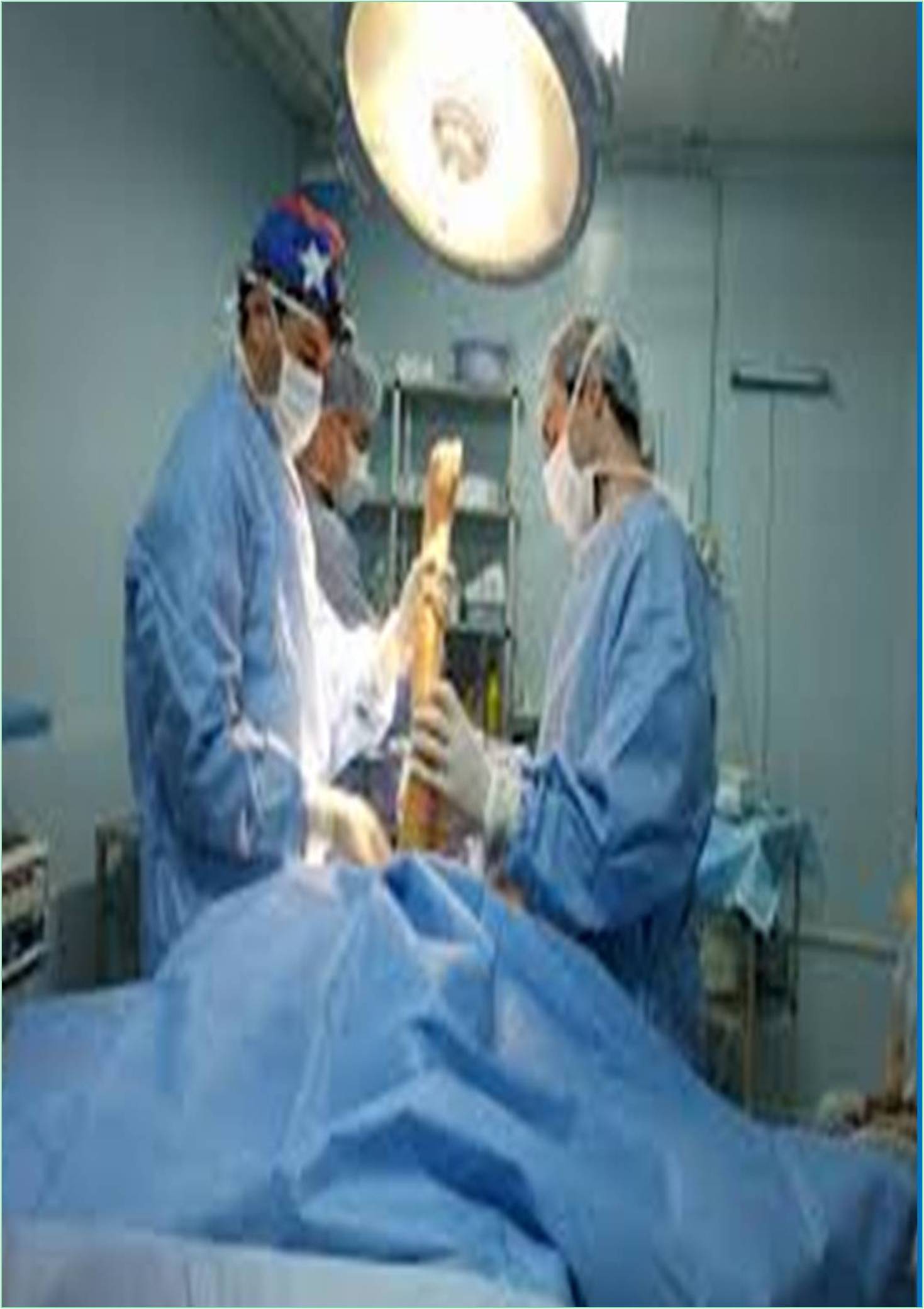



Received: 01-Apr-2022, Manuscript No. GJOPTP-22-59194; Editor assigned: 04-Apr-2022, Pre QC No. GJOPTP-22-59194 (PQ); Reviewed: 18-Apr-2022, QC No. GJOPTP-22-59194; Revised: 25-Apr-2022, Manuscript No. GJOPTP-22-59194 (R); Published: 02-May-2022, DOI: 10.15651/GJOPTP.22.9.004
Rheumatoid Arthritis (RA) is a long-term (chronic) disease that causes inflammation of the joints. Inflammation can be severe enough to affect the appearance and function of joints and other parts of the body. In the hands, RA can cause deformities in the knuckles. This makes it difficult to move the hands. Lumps, known as rheumatoid nodules, can form anywhere in the body.
For some people, this condition can damage various body systems such as the skin, eyes, lungs, heart, and blood vessels.
Unlike the wear-and-tear damage of osteoarthritis, rheumatoid arthritis can affect the lining of the joint, causing painful swelling and ultimately bone erosion and joint deformity.
RA is an autoimmune disease. This means that the body immune system attacks its own healthy cells and tissues. RA causes inflammation of the joint and surroundings. It may damage the skeletal system. RA can damage other organs such as heart and lungs. Researchers believe that certain factors, including inheritance, can play a role.
Symptoms and Treatment
The joints most susceptible to RA are the hands, wrists, feet, ankles, knees, shoulders and elbows. The disease often causes inflammation in the same area on both sides of the body. Symptoms can begin suddenly or slowly over time. Each person’s symptoms may vary. They may include
• Tender, warm, swollen joints
• Joint stiffness that is usually worse in the mornings and after inactivity
• Fatigue, fever and loss of appetite
About 40% of people who have rheumatoid arthritis also experience signs and symptoms that don’t involve the joints. Areas that may be affected include skin, eyes, lungs, heart, kidneys, salivary glands, nerve tissue, bone marrow, blood vessels.
Treatment depends on symptoms, age, and general health. It also depends on the severity of condition. There is no known cure for RA. Treatment goals often help control pain and inflammation and maintain function. One or more treatment types can be received. Treatment may include
Medicines
Some medicines can be used to relieve pain or treat inflammation. Other types of medicines help slow the progression of the disease. Early treatment slows the progression of the disease. Medication should be managed by a rheumatologist. This healthcare provider specializes in arthritis and rheumatic diseases. Regular blood tests may be required to check the effect of medicines on blood cells, liver, and kidneys.
Splints
Splints can be used to help protect the joints and strengthen weak joints.
Physical Therapy
Physical therapy can be used to help increase the strength and movement of the affected area.
In some cases, surgery may be required if other treatments do not work. Surgery does not cure RA. It helps to correct the deformities caused due to the disease. RA can still cause problems after surgery. Further surgery may be required. Joint repair or reconstruction can be performed in many ways, including:
Surgical Cleaning
This surgery removes inflammation and diseased tissue in the hands and improves function.
Joint Replacement (Arthroplasty)
This type of surgery can be used for severe arthritis of the hands. It can be done by older adults who are less active. Joint replacement can reduce pain and improve joint function. During surgery, joints destroyed by the disease are replaced with artificial joints. New joints can be made of metal, plastic, or silicone rubber. Or it can be made from person’s own tissue, for example, tendons from another part of the body.
Joint Fusion
This surgery removes the joint and fuses both ends of the bone. This creates one large bone without joints. This is usually done for people with advanced RA. After bone fusion, the fused joint cannot move.